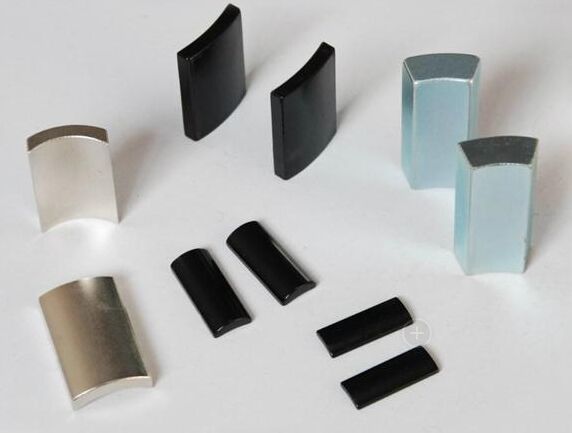In recent years Metal injection molding technology is mainly developing in two directions: For the expansion of the
material system, to meet the unique binder and degreasing technology and development of the high reliability of
production equipment.
The multi direction development of material system. Injection molding technology is ideal, able to shape economically,
close to the ultimate demand shape, need only little or no need to follow-up after sintering processing, a near net shape
technology. This in industrialized production and application of the ceramic becomes more and more important. Precision
ceramics is mainly applied to the production of carbide, metal ceramics, pottery, inorganic nonmetal oxide ceramics,
intermetallic compounds, etc.
Take zirconia ceramic fiber pin (ferrules) as an example, the injection molding technology preparation of green can
greatly shorten the subsequent processing time. Due to the blank has been formed in the cavity with a certain accuracy of
hole, the subsequent grinding process was reduced to a third to a quarter of extrusion forming, so as to improve the
production efficiency, reduce the production cost.

Wear-resisting tool materials in development like Co base alloy, W alloy, hard alloy, Al2O3-30 tic composite cutting tool
ceramics, MULLITE (MULLITE), SiC, Si3N4, etc. Injection molding is also applied to other materials, such as SiC/Al
composite materials, tool steel, titanium alloy, non-magnetic cemented carbide, W/Cu alloy, rare earth permanent magnet
materials, KOVAR alloy, etc.


